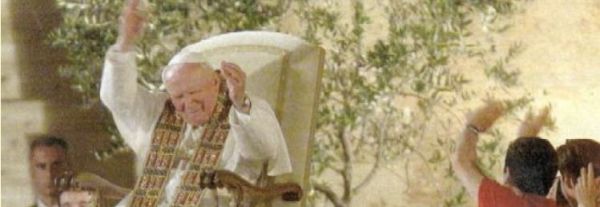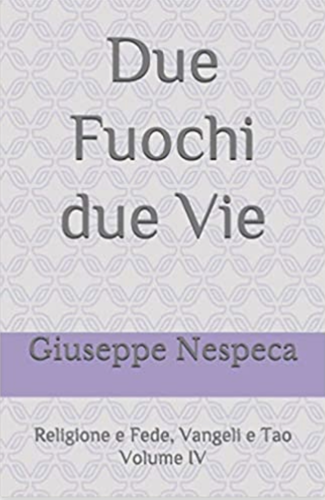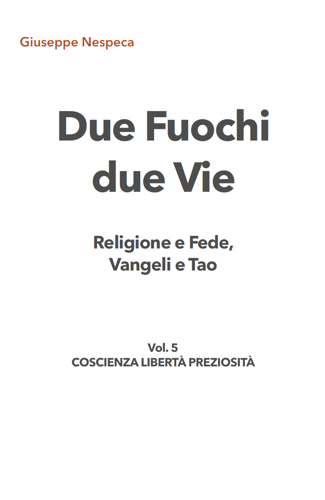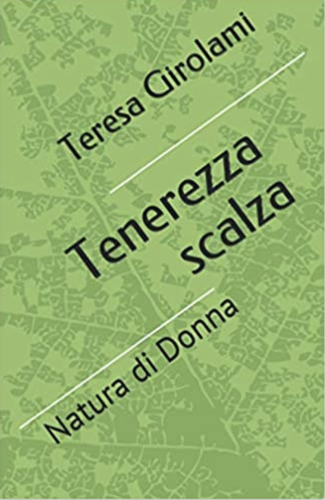1. There is no doubt that in the Gospels Christ's miracles are presented as signs of the kingdom of God, which has entered human and world history. "If I cast out demons by the Spirit of God, surely the kingdom of God has come among you," says Jesus (Matthew 12:28). No matter how many discussions are made and have been made on the subject of miracles (to which Christian apologists have responded), it is certain that it is not possible to detach the "miracles, wonders and signs" attributed to Jesus, and even to his apostles and disciples working "in his name", from the authentic context of the Gospel. In the preaching of the apostles, from which the Gospels principally originate, the early Christians heard eye-witness accounts of those extraordinary events, which occurred in times close by and were therefore verifiable from what we might call a critical-historical perspective, so that they were not surprised by their inclusion in the Gospels. Whatever the contestations of later times, from those genuine sources of Christ's life and teaching one thing emerges for certain: the apostles, evangelists and the entire early Church saw in each of those miracles the supreme power of Christ over nature and its laws. He who reveals God as Father, Creator and Lord of creation, when he performs those miracles by his own power, reveals himself as Son consubstantial with the Father and equal to him in his lordship over creation.
2. Some miracles, however, also present other aspects that are complementary to the fundamental meaning of proof of the divine power of the Son of Man, in order to the economy of salvation. Thus, speaking of the first "sign" performed in Cana of Galilee, the evangelist John notes that through it Jesus "manifested his glory and his disciples believed in him" (Jn 2:11). The miracle is therefore performed for a purpose of faith, but it takes place during a wedding feast. It can therefore be said that, at least in the intention of the evangelist, the "sign" serves to highlight the whole divine economy of the covenant and grace that in the books of the Old and New Testaments is often expressed with the image of marriage. The miracle of Cana of Galilee could thus be related to the parable of the wedding feast that a king made for his son, and to the eschatological "kingdom of heaven" that "is similar" to just such a banquet (cf. Mt 22:2). Jesus' first miracle could be read as a "sign" of this kingdom, especially if one considers that since "Jesus' hour" had not yet come, i.e. the hour of his passion and glorification (Jn 2:4; cf. 7:30; 8:20; 12:23.27; 13,1; 17,1), which is to be prepared by the preaching of the "Gospel of the kingdom" (cf. Mt 4,23; 9,35), the miracle obtained through Mary's intercession can be considered as a "sign" and a symbolic announcement of what is to come.
3. The miracle of the multiplication of the loaves, which took place near Capernaum, can be read even more clearly as a "sign" of the salvific economy. John relates it to the speech Jesus gave the following day, in which he insists on the necessity of procuring "the bread that does not perish" through "faith in him who sent me", and speaks of himself as the true bread that "gives life to the world" and indeed of the one who gives his flesh "for the life of the world". This is a clear foreshadowing of the salvific passion and death, not without reference and preparation for the Eucharist that was to be instituted the day before his passion, as the sacrament-bread of eternal life (Jn 6:29,33.51.52-58).
4. In turn, the storm calmed on the Lake of Genesaret can be reread as a "sign" of Christ's constant presence in the "boat" of the Church, which many times throughout history is exposed to the fury of the winds during stormy hours. Jesus, awakened by the disciples, commands the winds and the sea to be becalmed. Then he says to them, "Why are you so fearful? Have you no faith yet?" (Mk 4:40). In this, as in other episodes, one can see Jesus' desire to inculcate in the apostles and disciples faith in his operative and protective presence even in the most stormy hours of history, in which doubt about his divine assistance could infiltrate the spirit. Indeed, in Christian homiletics and spirituality, the miracle has often been interpreted as a "sign" of Jesus' presence and a guarantee of trust in him on the part of Christians and the Church.
5. Jesus, who goes towards the disciples walking on water, offers another "sign" of his presence, and ensures constant vigilance on the part of the disciples and the Church. "Take courage, it is I; do not be afraid," Jesus says to the apostles, who had taken him for a ghost (cf. Mk 6:49-50). Mark points out the astonishment of the apostles "because they had not understood the fact of the loaves and their hearts were hardened" (Mk 6:52). Matthew reports the question of Peter who wants to go down to the water to meet Jesus and records his fear and plea for help when he feels himself sinking: Jesus saves him, but gently rebukes him: "Man of little faith, why did you doubt?" (Mt 14:31). He also adds that "those who were in the boat prostrated themselves before him, exclaiming: 'You are truly the Son of God'" (Mt 14:33).
6. The miraculous peaches are for the apostles and the church the "signs" of the fruitfulness of their mission if they remain deeply united to the saving power of Christ (cf. Lk 5:4-10; Jn 21:3-6). In fact, Luke includes in the narrative the fact of Simon Peter throwing himself at Jesus' knees exclaiming: "Lord, depart from me, for I am a sinner" (Lk 5:10). John in turn follows the narration of the fishing after the resurrection with Christ's command to Peter. "Shepherd my lambs, feed my sheep" (cf. Jn 21:15-17). It is a significant juxtaposition.
7. It can therefore be said that Christ's miracles, the manifestation of the divine omnipotence with regard to creation, which is revealed in his messianic power over men and things, are at the same time the "signs" through which the divine work of salvation is revealed, the salvific economy that with Christ is introduced and definitively implemented in human history and is thus inscribed in this visible world, which is also always a divine work. People who - like the apostles on the lake - seeing Christ's "miracles" ask themselves: "Who is ...? who is this, whom even the wind and the sea obey?" (Mk 4:41), through these "signs" are prepared to receive the salvation offered to man by God in his Son.
This is the essential purpose of all the miracles and signs performed by Christ in the eyes of his contemporaries, and of those miracles that throughout history will be performed by his apostles and disciples in reference to the saving power of his name: "In the name of Jesus Christ, the Nazarene, walk!" (Acts 3:6).
[Pope John Paul II, General Audience 2 December 1987].
https://disf.org/giovanni-paolo-ii-salvezza-miracoli












